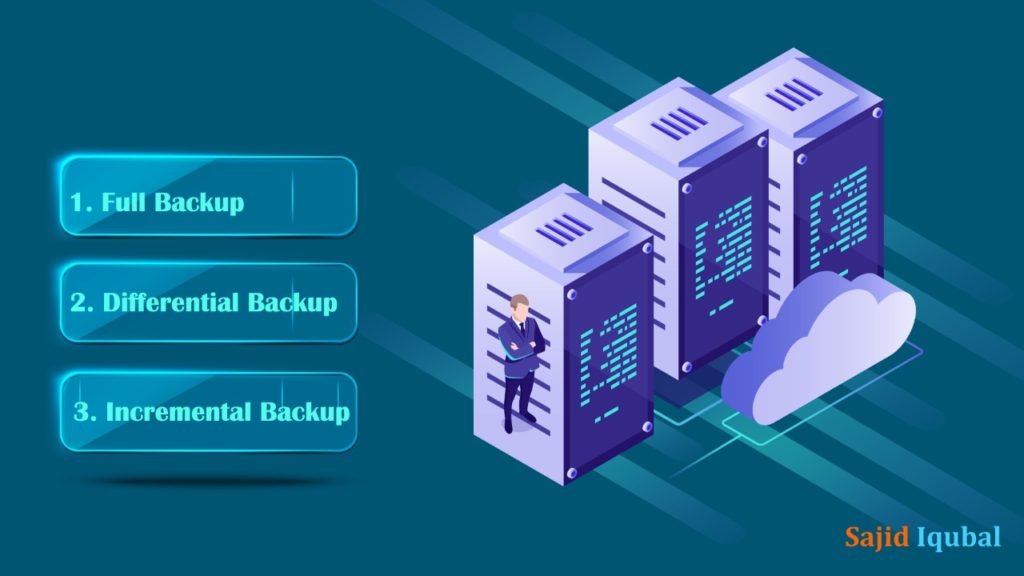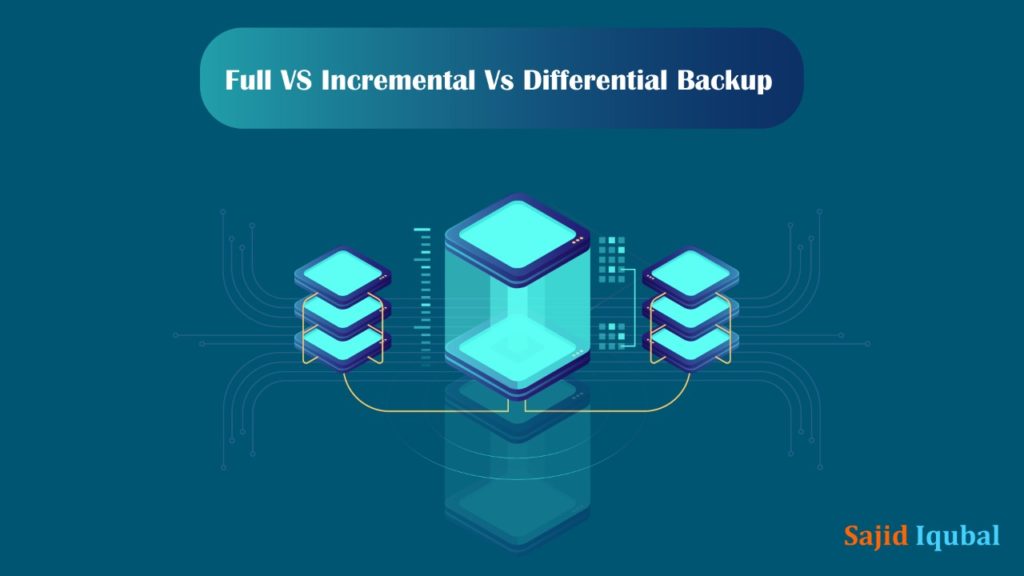Backups ensure that your important data is protected against any potential threats. Individuals and companies have experienced loss or stolen their hardware, been destroyed by fire or natural disasters, infected with malware or corrupted by targeted hackers’ attacks.
For a single-computer user, the VMware backup strategy can be as simple as copying all important files to another device – or, ideally, multiple devices – and keeping them in a safe place. However, many computer systems things can be a lot more complicated, especially when it comes to a virtual environment that contains thousands of virtual machines. To protect physical machines, you’ll need to do Linux Server Backup or Windows Server Backup, an effective backup tool.
3-2-1 Backup Rule
3 Copies
In addition to your primary data, there is guidance to have at least two additional backups. Obviously, the more copies of the data you have, the less risk of losing everything you have.

2 Media
The two-media rule of 3-2-1 refers to which type of device your data is stored on. The rationale behind different media is protection against different types of failure. Hard drives in a computer may fail if the computer is bounced too much during use, but solid-state drives such as SD cards or USB flash drives can be slightly jerked.
1 Offsite
The final step of the 3–1–1 rule must have at least one backup copy stored in a different geographical location – an offsite backup. If your computer and local backups are corrupted, stolen, or destroyed, offsite backup protects you.
Importance Of 3-2-1 Backup rule
The 3-2-1 backup strategy is considered a best practice for government officials and information security professionals. While this does not guarantee that all data will never be compromised, this strategy eliminates the most risk. The 3–2–1 method is important in ensuring that there is not a single point of failure for the data. Not only is an organization covered if a copy is contaminated or a technology fails, but also if there is a natural disaster or theft that erases physical storage types.
3-2-1 Rules For Cloud Backup
An important part of a solid DRAAS strategy is how you will measure success. With DRAAS, this can come down to a couple of required metrics:
RTO – How long can your important IT resources be down before it critically affect your company?
RPO – How much data loss can your organization have in the event of a disaster?

Backup and DR have traditionally taken resources and time to plan, manage, test, build, and maintain an offsite location to comply with the 3-2-1 backup rule. Cloud and more importantly MSPs and CSP have stepped in to provide one-a-service models to help organizations save significant time, resources and money on backups and DR. When planning a DR move on the cloud, make sure that your CSP can provide an assessment of your needs and meet the RTO/RPO objectives.
Conclusion
The 3 -2-1 backup rule is a well-recommended start in the creation of any data protection system – a way to protect your data from loss/corruption and control risks in all of the above situations.
FAQs
Q. 3 2 1 what is a backup rule?
The 3-2-1 backup rule means that you have at least three total copies of your data, two of which are local but on different mediums, and at least one copy off-site.
Q. What guidelines should be followed to back up data?
It is recommended to have at least 2 or more backup copies of your data and these should be updated regularly. Storing these backups in different physical locations will help to ensure that you have at least one backup copy somewhere and one of your locations should a disaster occur?
Q. What is the backup policy?
A backup policy is a predefined, scheduled program under which user files are copied to disk and/or tape to prevent regular business applications such as Microsoft SQL, Oracle email server database and accidental data deletion, corrupted information, or some kind of system. Outage.
Q. How many backups do I need to keep?
Despite their roots in photography, many consider the backup rule of three to be best practice. This concept reminds businesses how many backup files to keep and where to store them. The backup rule of three is all you need; have at least three copies of your data.
Q. How long should I keep my backup?
Incremental backup updates that are made daily such as changes made using software applications or email. Two months of full system backup is usually a safe goal for how long to keep backup files.
Q. What is the best backup strategy?
Experts recommend a 3-2-1 rule for backups: three copies of your data, two local (on different devices), and one off-site. For most people, this means basic data on your computer, one backup on an external hard drive, and another on the cloud backup service.
Q. What are backup strategies?
A backup strategy, along with the Disaster Recovery Plan, is a ubiquitous business continuity plan that blueprints an organization to withstand a cyberattack and recover from zero with minimal damage to business, reputation, and data.
Q. What are the most important files to back up?
- Credit Card Transactions/Receipts.
- Updated Client Information Files.
- Invoicing, Receivables, Billing, and Payables.
- Personnel Files and Payroll.
- Communications.
- Project Management.
- Other Frequently Updated Files.
Q. What constitutes a good data backup policy?
Your backup policy should follow the 3-2-1 rule, making at least three backup copies of all data other than the original file using two different backup media, with one copy in the remote location.
Q. Who is responsible for data backup?
The physical process of backing up your data is usually a role performed by an IT team, or at the very least, someone is assigned the responsibility of changing tapes, such as a receptionist or office manager.
Q. What are the benefits of off-site backup?
Off-site data backup becomes more secure and reliable than traditional methods. The process for off-site data backup is automated, meaning that your data will be backed up at all regular intervals, usually every day.